Topics
- active learning (18)
- research assignments (6)
- libraries (1)
- literature-based learning (2)
- multimedia (5)
- museums (6)
- object learning (7)
- online learning (5)
- peer instruction (10)
- storytelling (2)
- learning management system (2)
- syllabus design (3)
- teaching empathy (3)
- teaching fellows (1)
- lecture (3)
- learning goals (8)
- assessment (6)
- data (3)
- backward design (3)
- blended approaches (12)
- case-based learning (8)
- classroom contracts (7)
- classrooms and space (3)
- collaborative learning (27)
- community events (1)
- course transformation (7)
- devices (3)
- learning by making (5)
- discussion (24)
- engaged scholarship (4)
- experiential learning (16)
- feedback (18)
- group work (8)
- guest speakers (7)
- interdisciplinary (6)
- leadership (3)
Send feedback
Subscribe
Copyright © 2024 The President and Fellows of Harvard College | Privacy | Accessibility | Digital Accessibility | Report Copyright Infringement

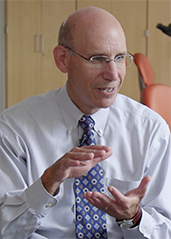 Dr. Richard Schwartzstein, Ellen and Melvin Gordon Professor of Medicine and Medical Education,
Dr. Richard Schwartzstein, Ellen and Melvin Gordon Professor of Medicine and Medical Education,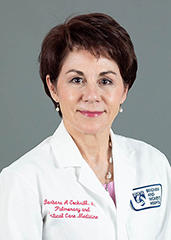 Barbara Cockrill, Harold Amos Academy Associate Professor of Medicine, uses case-based collaborative learning (CBCL) in her Homeostasis I course to help medical students explore real-life clinical scenarios they may face as practitioners. Case discussions start in cohorts of four students, formed at the beginning of the course, and focus on a series of questions. Discussion continues with the full class of 40 students, facilitated by Cockrill and other medical school faculty.
Barbara Cockrill, Harold Amos Academy Associate Professor of Medicine, uses case-based collaborative learning (CBCL) in her Homeostasis I course to help medical students explore real-life clinical scenarios they may face as practitioners. Case discussions start in cohorts of four students, formed at the beginning of the course, and focus on a series of questions. Discussion continues with the full class of 40 students, facilitated by Cockrill and other medical school faculty.
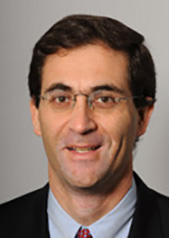 Joshua Margolis, James Dinan and Elizabeth Miller Professor of Business Administration, demands of himself intensive listening while teaching, and asks the same from students: “When I listen really carefully it allows me to push students hard and help them see what they have within themselves.” While students speak, he makes direct eye contact and maintains it even when he moves in the classroom so they’re addressing the rest of the class, not just him. Margolis asks a series of follow-up questions and then summarizes after every three to five interactions.
Joshua Margolis, James Dinan and Elizabeth Miller Professor of Business Administration, demands of himself intensive listening while teaching, and asks the same from students: “When I listen really carefully it allows me to push students hard and help them see what they have within themselves.” While students speak, he makes direct eye contact and maintains it even when he moves in the classroom so they’re addressing the rest of the class, not just him. Margolis asks a series of follow-up questions and then summarizes after every three to five interactions.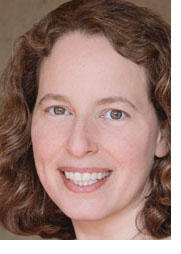 Meira Levinson, Professor of Education, develops case studies about difficult questions in educational ethics—for example, grade inflation, charter schools, and policies that disproportionately impact low-income students of color—for
Meira Levinson, Professor of Education, develops case studies about difficult questions in educational ethics—for example, grade inflation, charter schools, and policies that disproportionately impact low-income students of color—for 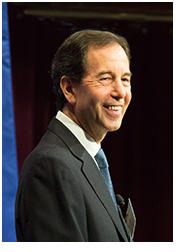 Ronald Heifetz, Co-Founder of the Center for Public Leadership and King Hussein bin Talal Senior Lecturer of Public Leadership, uses experiential teaching methods like student case analysis—where students collaboratively develop and analyze cases drawn from their own work experiences—to promote deeper engagement and stronger retention of leadership concepts.
Ronald Heifetz, Co-Founder of the Center for Public Leadership and King Hussein bin Talal Senior Lecturer of Public Leadership, uses experiential teaching methods like student case analysis—where students collaboratively develop and analyze cases drawn from their own work experiences—to promote deeper engagement and stronger retention of leadership concepts.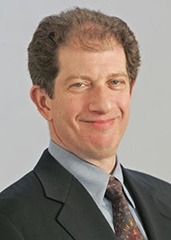 David Garvin, C. Roland Christensen Professor of Business Administration, utilizes guest speakers in
David Garvin, C. Roland Christensen Professor of Business Administration, utilizes guest speakers in